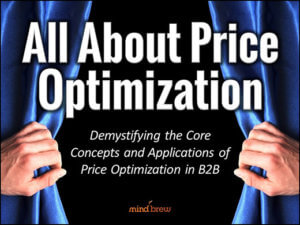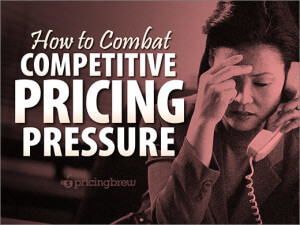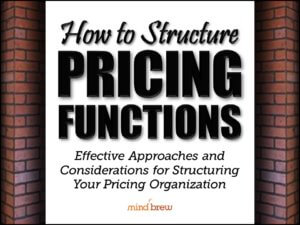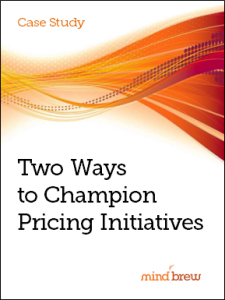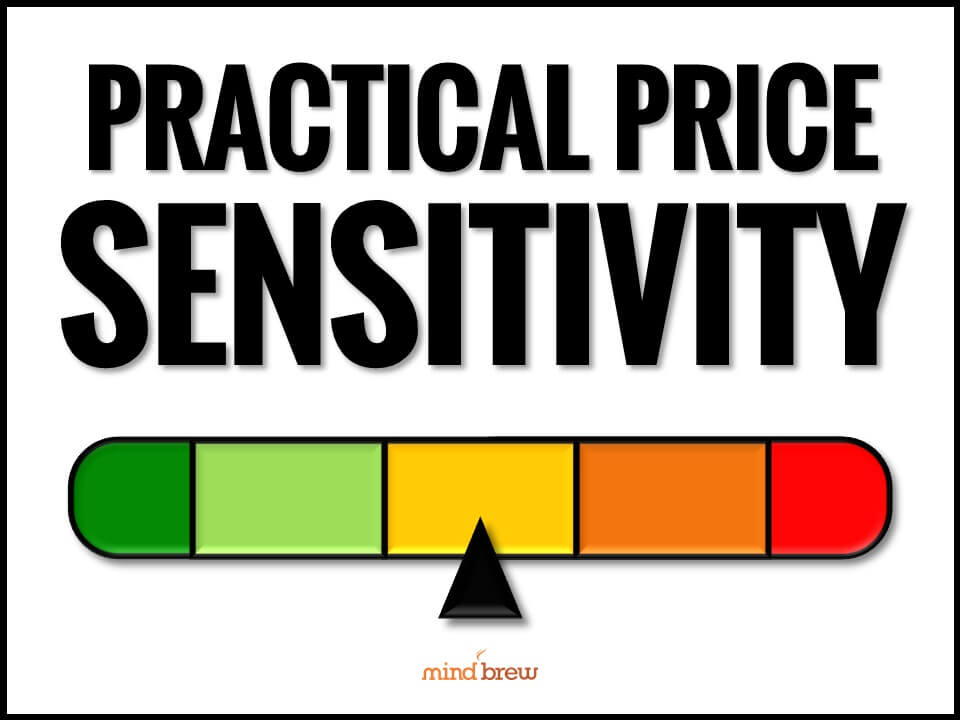In response to a number of Help Desk questions on the topic, we held a subscriber-only webinar All About Price Optimization. In the session, we cut through the esoterica to clearly illustrate what price optimization really is, what it is not, and how it actually works.
We also let the session run nearly 30 minutes past the allotted time to make sure that everyone’s questions got answered and any lingering points of confusion were addressed. For example, one subscriber asked:
“Can you optimize prices within existing business segments?”
There was a lot to unpack in this seemingly simple question…
With optimization, we’re essentially talking about performing some mathematical calculations. And as long as you can fill in all of the variables in the equations, then of course, those equations can be solved.
So, technically…sure…you can plug complete swags or guesses into any mathematical equation and generate an answer. But the quality and accuracy of that answer will only…and CAN only…be as accurate as the variables you’ve used.
And the most important variable in the price optimization calculus is price elasticity.
In most cases, a company’s existing business segments weren’t developed to reflect differences in price response, price sensitivity, or willingness to pay. Instead, those existing business segments most likely reflect how the company prefers to focus its sales efforts, direct its product development, or even report its performance.
In other words, these existing business segments are not price segments. And as a result, any price elasticity measures you might come up with for these segments are likely to be no better than swags.
Where does this leave us?
- Yes, you might be able to solve the optimization math problems within your existing business segments.
- However, the answers you come up with are going to be wrong!
- So no, you can’t truly optimize prices within existing business segments.
There’s just no getting around the fact that you need a real price segmentation model!

